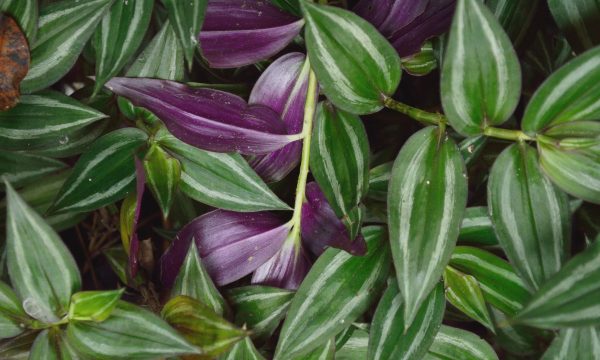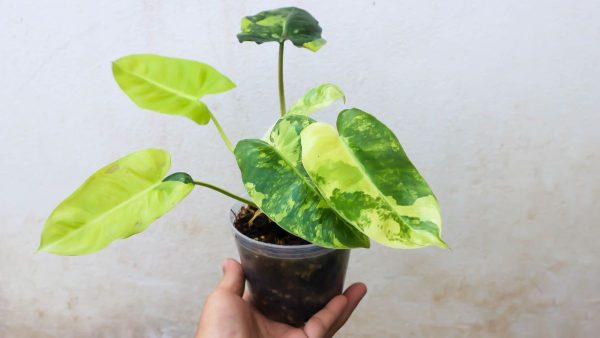I love Geranium plants because of their beautiful and long-lasting flowers that make my house peaceful.
You’re in the right place if you also want this beauty in your house.
In this guide, I’ll walk you through how to grow and care for Geraniums to get beautiful flowers.
How to GROW Geranium from Seeds?
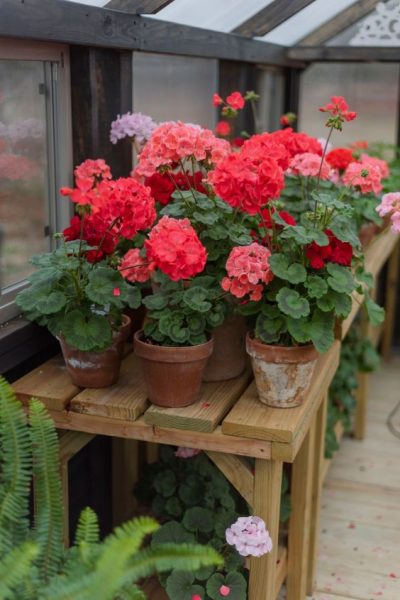
For growing Geranium plants from seeds timing is important. You should sow the seeds from early to mid-February for better chances of growth.
Required Materials
- Germination Containers
- Seed Starting Soil
- Labels
- Watering Can or Spray Bottle
- Plastic Wrap or Dome
1. Seed Selection
When choosing your geranium seeds, it’s advised to source varieties that are well-suited for your climate.
For example, in Iowa, the Elite, Orbit, Maverick, or Multibloom varieties have been known to thrive.
These offer uniform characteristics in terms of height, spread, and flowering habits and are a better choice to grow.
2. Soil and Sowing
- Prepare the Soil: Fill your containers with seed-starting soil, pressing it gently to remove any air pockets.
- Plant the Seeds: Sow your seeds on the soil surface. Geranium seeds are very tiny, so a light touch is necessary. Mist the seeds lightly to settle them into the soil.
- Cover the Seeds: Very lightly cover the seeds with a fine layer of soil or vermiculite, just enough to keep them in place. Do not bury them deep.
- Add the Dome: Place the clear cover over your containers to create a mini greenhouse effect.
3. Provide the Right Environment
- Temperature: Geranium seeds need a warm environment to germinate—ideally around 70-75°F.
- Light: While geranium seeds do not need light to germinate, they’ll need bright light as soon as they sprout, so a sunny windowsill works great.
- Moisture: Check on your seeds regularly to ensure the soil stays moist but not wet.
- Ventilation: Once a day, remove the cover for a brief period to allow some fresh air to circulate and prevent the buildup of excessive moisture.
4. Germination
This can take anywhere from 5 days to 2 weeks, depending on the conditions you’ve provided.
Once you spot the first signs of germination, it’s time to shift your focus to helping the seedlings grow.
5. Transplant Geranium Seedlings
When your geraniums are about 2-3 inches tall and have several sets of true leaves, it’s time to transplant them to their pots.
Here is the step-by-step guide on how to transplant:
- Fill small, individual pots with well-draining potting soil.
- Use a small utensil to carefully lift each seedling from the soil, taking care not to damage the roots.
- Make a small hole in the new potting mix with your finger or a pencil, and gently place the seedling inside.
- Give your newly transplanted geraniums a gentle watering from below to help settle the soil around the roots.
- Return the transplanted seedlings to their warm, well-lit environment.
How to Care for Geranium Indoor
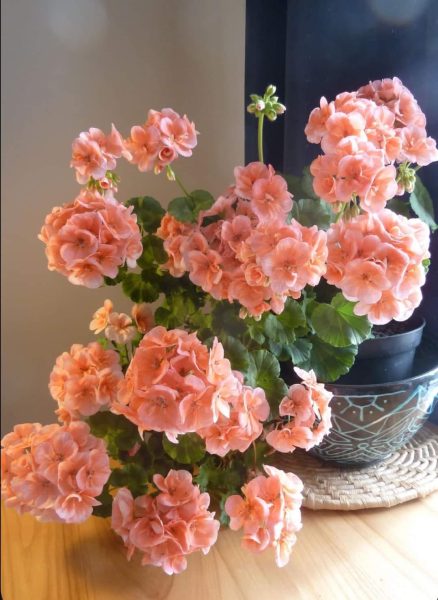
Your job doesn’t end with this. Like any young plant, geraniums require ongoing care to ensure they grow.
1. Watering
Water your geraniums when the top of the soil feels dry to the touch.
Use a watering can with a small spout or a spray bottle to avoid disturbing the soil and seedlings.
Keep in mind that geraniums don’t like wet feet, so it’s best to water them lightly but more frequently.
2. Providing Light and Fertilizer
Geraniums enjoy a lot of light, ideally 6-8 hours of direct sunlight every day.
If your seedlings are not receiving enough light, you may need to supplement with a grow light.
Once a week, you can begin feeding your geraniums with a diluted liquid fertilizer.
Fertilize your plants in the morning when the soil is already moist to avoid shock.
3. Preparing for the Outdoors
Before the last frost date, start hardening off your geraniums by gradually exposing them to the outdoor environment.
Begin with a few hours of sunlight in a sheltered place and gradually increase the time and exposure to prepare them for the garden.
4. Pruning and Shaping
For a well-formed shape of your geraniums, regularly pinch the dry leaves.
Once your plants have several sets of leaves, use clean scissors or your fingers to snip the top inch off the tallest stems.
How to Care for Geranium Outdoors
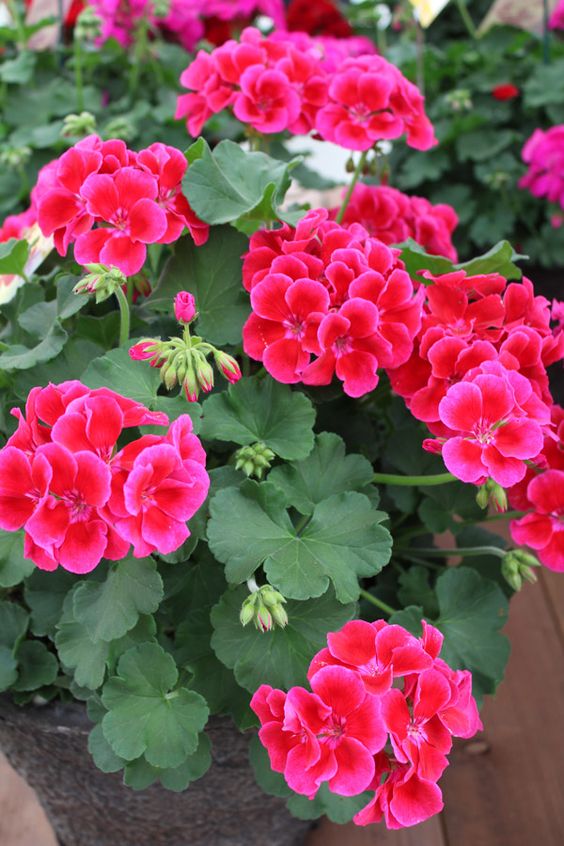
When the danger of frost has passed, you can plant your geraniums outdoors.
Choose a sunny spot with well-draining soil. Space your plants according to their size.
1. The Outdoor Transition
It’s best to plant them on a cloudy day to minimize the stress of direct sunlight.
Water your transplants well and add a layer of organic mulch around the base to retain moisture.
2. Watering and Maintenance
A good rule of thumb is to water your geraniums when the soil 2 inches below the surface is dry.
Keep in mind that, err on the side of under-watering rather than over-watering, as geraniums can tolerate drought better than waterlogged conditions.
Common Geranium Problems
Below are some common issues and tips to resolve them.
1. Leggy Growth
If your geraniums are growing tall and spindly, they may not be getting enough light.
So, make sure they are in a bright location and consider providing supplemental lighting if growing indoors.
2. Yellowing Leaves
Yellowing leaves can be a sign of over-watering.
If this is the case allow the soil to dry out a bit more between waterings and ensure your containers have good drainage.
3. Failure to Bloom
Lack of blooming is often due to insufficient light or an excess of nitrogen in the soil.
Fix the light issue and switch to a fertilizer lower in nitrogen and higher in phosphorus, which promotes flowering.
